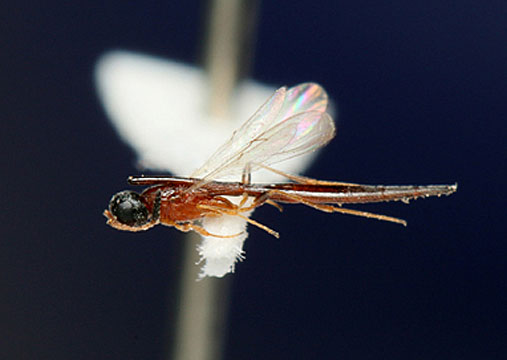The Natural History Museum (NHM) is pleased to welcome no less than eight Brazilian researchers from partner institutions in Pará to the seminar. Along with representatives from Norwegian universities, civil society and industry engaged in the Brazilian Amazon, they will look into:
- Brazilian strategies for rainforest and biodiversity protection
- The Amazon in future climate scenarios
- The ecology of natural and degraded forests
- Forest restoration after mining activities
- Reforestation and monitoring methodologies
Organiser: Biodiversity Research Consortium Brazil-Norway (BRC)
Host: Natural History Museum, University of Oslo
Download program (PDF)
Registration
Background
Over the last decade, Brazil has dramatically reduced annual deforestation in the Amazon, benefiting biodiversity, local populations and the global climate. Still, around 5000 square kilometers of rainforest are completely destroyed every year, and even larger areas are degraded.
Brazil must now dare to take the next step: To achieve zero deforestation and restoring the huge areas of deforested and degraded lands. The international society, including governments, academia, industry and civil society actors, must support Brazil in this effort.
Since 2013, the Natural History Museum has been coordinating the Biodiversity Research Consortium Brazil-Norway (BRC). The other participants in the cooperation are Norsk Hydro, the Federal University of Pará (UFPA), the Emilio Goeldi museum of Pará (MPEG) and the Federal Rural University of the Amazon (UFRA). This seminar is number five in a series of BRC events aiming at improving Amazon biodiversity research, strengthening Brazil-Norway cooperation and promoting exchange of students and academic staff.
New insect discovery will be presented at the seminar

